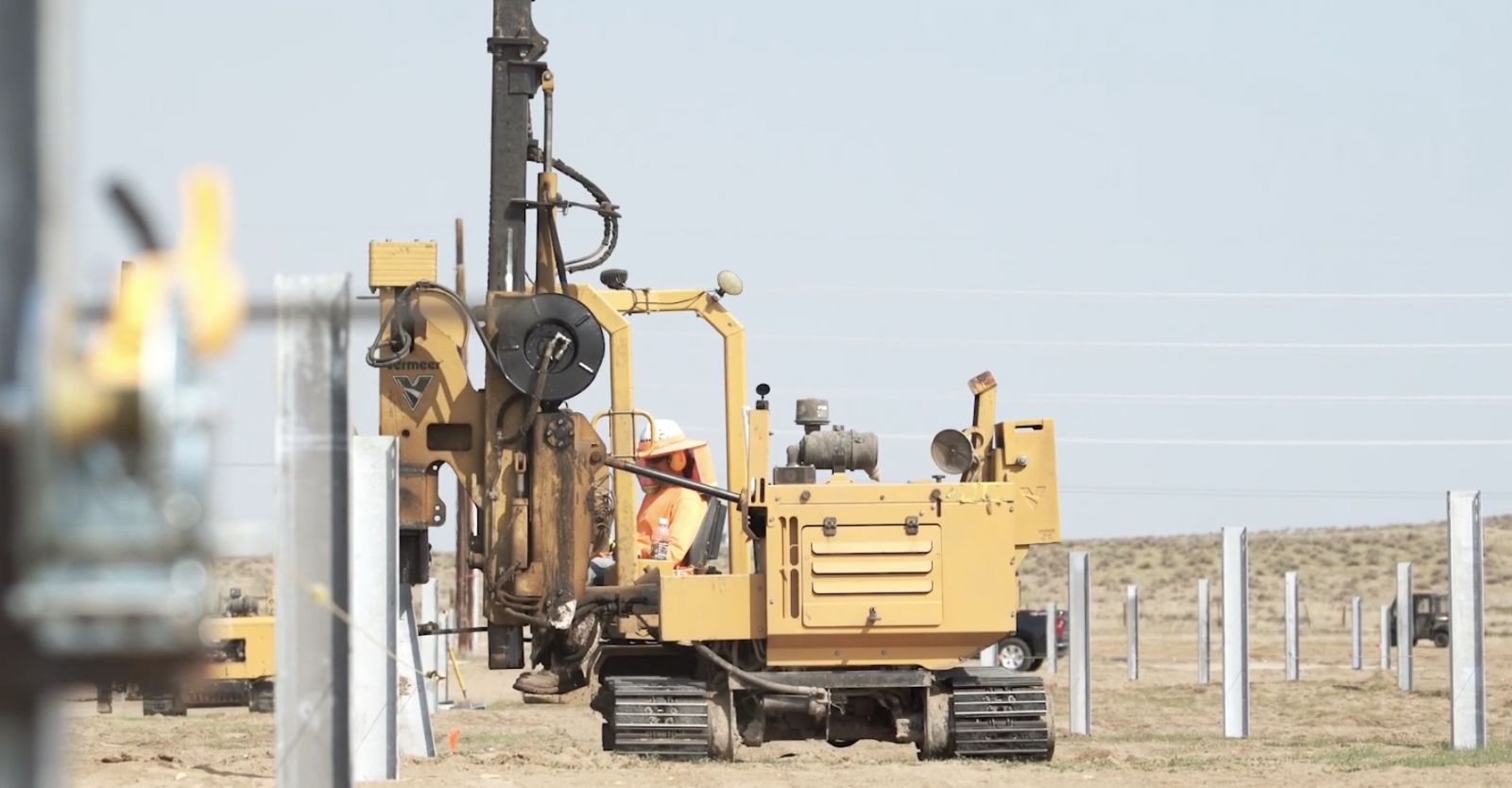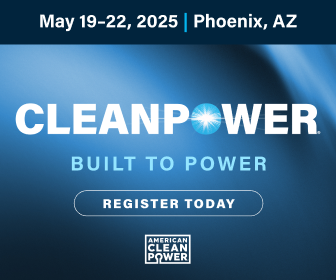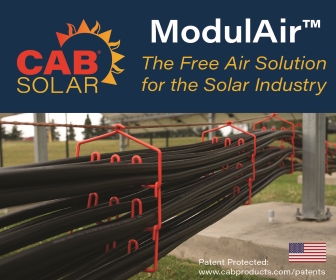PV Installers Keep Pace
.jpg) The complexities of being a solar installer today require many skills.
The complexities of being a solar installer today require many skills.
A residential installer with staying power has their operations, sales, service, and supply systems refined and reviewed via quality control measures. They also need the ability to secure all three financial options: cash, bank loan, and leasing.
Many US installers come from construction backgrounds. While there’s a bit of a learning curve involved in converting that experience into becoming solar systems installers, one of the more sophisticated areas of a residential installer is the sales system.
In 2005, installers did not have the tools for selling in the residential market; they were just beginning to develop market-specific sales tools. The biggest hurdle at the time was simply educating homeowners about the value of solar. This forced installers to learn how to become both sellers and teachers. No easy task, as it was not broadly known or understood how solar worked and the value proposition.
From then to now, the sales process has refined to almost an art. New technology allows the homeowner to see their house with solar on it before a single panel is installed. It’s also easier to demonstrate a clear return on investment on any form of payment method. The per Kilowatt-hour (Kwh) pricing utilities charge directly reflects how fast you reach breakeven.
For example, paying cash in an area where electricity rates are low means the return on investment will take longer. With a lease, the homeowner will get returns on their first bill after the system goes live. Based on present-day average degradation rates, with 40 to 50 years of returns possible, it is currently better to own than lease when considering ROI.
The methods for obtaining prospects have changed dramatically, too. In the early years (2005 and before), solar was rarely featured in periodicals, newspaper and TV ads, with maybe a monthly discussion on a local radio station. Up until 2010, small pockets of the public were learning about solar and its value. Today, companies are using the full force of branding and marketing through the web, SEO, texting, ad stocking, and social media. Solar is part of our everyday life, with the expectation that most everyone will have solar on their homes in the near future.
Competition is intense, and each company has to find a way to win the sale. Homeowners usually have three or four bids either in person or virtually.
The construction side of the installation process can be fraught with many difficulties. It’s a matter of juggling safety, installation processes, scheduling, homeowner property awareness, equipment and supplies organization, and good management. When you spread this over 20 teams or more, potential complications are a big concern.
The stories are endless when it comes to accidents from an installation. Perhaps one of the most unfortunate is when the installer penetrates the roof of the homeowner. Sadly, there are cases where almost every penetration point creates a leak – and it’s entirely preventable. Worse is when an installer falls from the ladder or house after forgetting or failing to buckle the safety harness, or refusing to wear one altogether because it saved time when there were only minutes left to install completion.
Newer products are available to help prevent ladders from falling, while allowing workers to walk on tiles without breaking them by distributing the weight evenly across multiple tiles or other roof surfaces. As the industry matures, installers learn new methods to get processes done, as well as faster and more efficient ways to complete installs.
Repetition is the best method for fixing the racking system. The installer has to consider a number of variables: How to move the modules from the ground to the roof and then place and secure them; how to lay the cabling and connecting modules to the inverter; which design will get the best performance from the installation? The key is to plan, know the plan, and follow the plan.
A 12 kW system can be completed in 4 to 6 hours if planned and managed well. If the project is not well managed and planned, however, it can take twice as long. All components, cabling, or tools should be at the job site when you arrive to install. If you need something for the system and it’s not available during setup, you will lose the profit expected from the installation.

An independent survey of installers answered the following questions:
1. Which was most important – wattage, where manufactured, availability, and size of the frame? Of the responses, wattage and availability garnered slightly more than one-third each. The remaining partial third was shared between the location of manufacture and the size of the frame.
2. What do you think about US solar manufactured modules? Answers were split evenly three ways between: “depends on price”, “highly interested”, and “not important”.
3. Do you purchase a premium brand? 83 percent of the respondents said “yes”.
4. When choosing a module, what factors do you consider? A third or respondents cited wattage, a third chose where modules were manufactured/availability, etc., and the remaining third was concerned with the size of the frame.
Overall, industry pros are bullish on the future of solar, especially regarding the residential market. Rapid changes in the PV industry has spurred dramatic changes in the requirements of installers. The market has been evolving at such an accelerated rate, given the speed of technology and the increasing number of companies gobbling competitors to gain market share, that successful installers must be flexible, agile, and even attempt to predict the future to stay ahead of the game.
Robert Benedict is Chairman/CMO of Unicorn Solar Development, a California-based company comprised of team that offers more than 30 years of industry experience in PV module procurement, project management, business development, solar financing, residential and commercial solar project installations, and management consulting.
Unicorn Solar Development | www.unicorn-sd.com
Author: Robert Benedict
Volume: 2022 May/June












.jpg?r=2965)